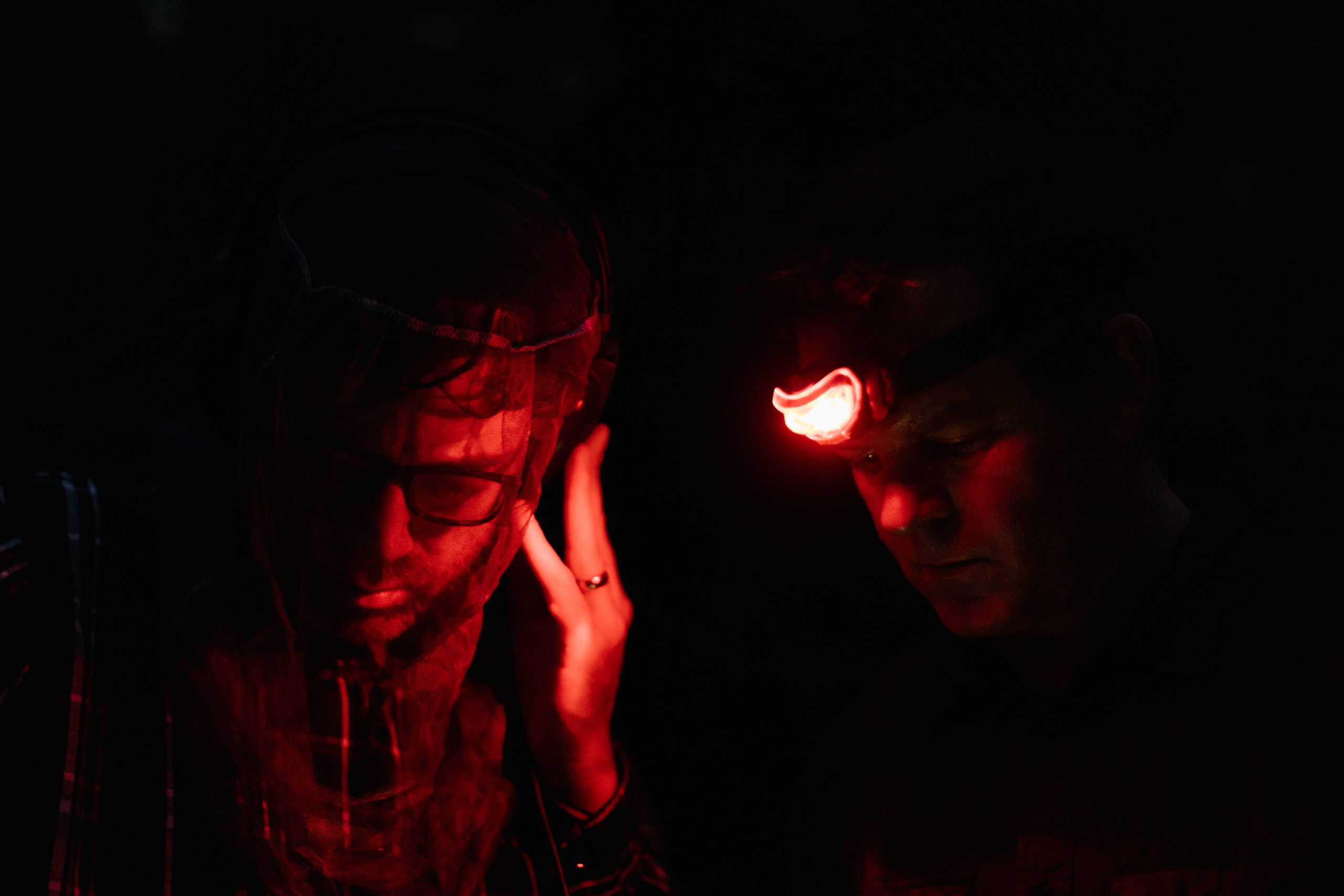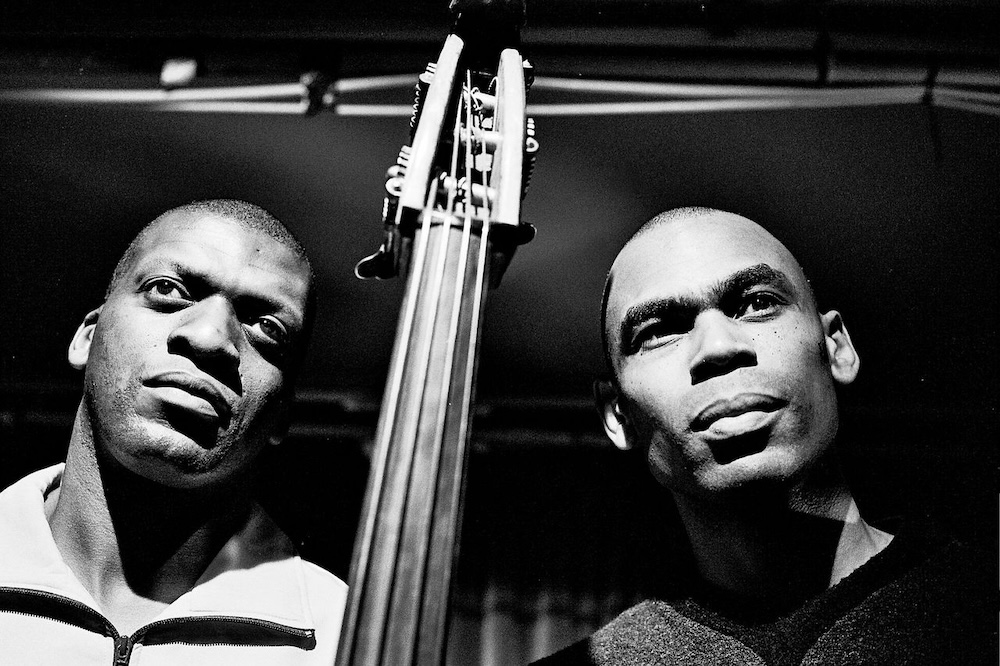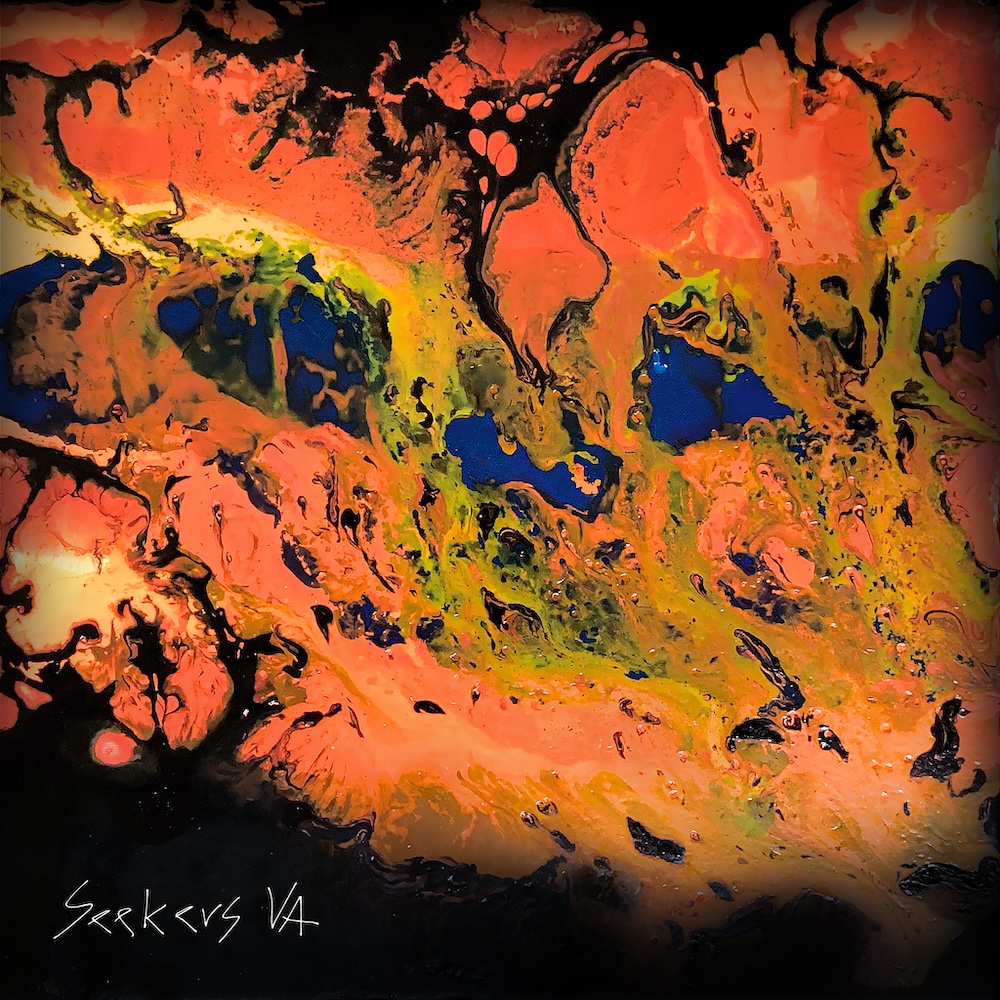An Ode To Bats: Field Recording Flying Creatures

Dear reader: I want you to stop reading this, lift up your phone, and take a picture of the invisible man standing right in front of you. It’s my friend Bob. He’s right there, smiling and ready for his portrait. And he’s invisible.
So, how are you going to do this? Where exactly should you point your phone? Could you perhaps walk around smelling the air for Bob’s scent? Or maybe listen for his footsteps? Would you need a special phone filter or lens or maybe even a totally different type of camera? And if you did get my invisible friend into your frame of view, how would you know if your picture is even going to be in focus? Doesn’t this just seem like an impossible task…?
Well, this is exactly what I'm doing when I’m out recording the ultrasonic sounds of bats.
For the last few years, my work has focused on recording the hidden sounds of our planet and turning it them music. The goal is to tell evocative stories about marginalized people and their communities, about fragile and unique ecosystems, and about our complicated relationship with the natural world. This body of work was recently assembled in the massive 7-LP boxed set by the Brooklyn-based label Temporary Residence Ltd. and in an accompanying book via the Dutch imprint Jap Sam Books.
But it wasn’t until last year that I even considered the possibility of recording something I couldn't actually hear. I was a chaperone on a school field trip with my son’s 5th grade class. We were on a twilight walk in the Great Smoky Mountains National Park. As the sky began to darken, the park ranger stopped us and pointed up. We couldn’t see or hear anything. Then she removed a few small white devices from her backpack. They resembled retro walkie talkies or perhaps ray guns from an episode of Star Trek. We turned them on, pointed them upward, and the sky exploded into sound. We instantly heard staccato bursts and rhythmic thumping. Everyone just stood there, mesmerized, holding the little white devices with outstretched arms.
We were listening to bats.

Humans can detect sounds that are between 20 Hertz and 20,000 Hertz. Think of a Hertz (Hz) as a single wave of sound hitting our ears. The number of waves (or hertz) entering our ears per second determines the pitch of what we hear. For example, in the orchestra, a tuba can produce sounds as deep as about 30 Hz, in this range we can mostly feel the vibrations rather than hear them. A violin can play notes up into a few thousand hertz. But bat echolocations don’t even really get started until about 30,000 hertz.
This is way, way, above our range of hearing. To hear, and ultimately record, these incredibly fast moving vibrations, I needed to get my hands on some very specialized equipment.
First, I needed a recording device with strong and clean amplification. Then I needed specially designed microphones built to capture high frequency sounds. I also used versions of the same ultrasonic detectors we used on that class hike in the Smoky Mountains. Outfitted with this super cool new equipment, I just needed to find some bats.
Luckily, there are 3-4 bats that appear like clockwork every evening above my driveway, right in the urban heart of Indianapolis. They fly around my yard, feeding on insects for about 30 minutes after sunset, then move on to new areas. The species is Big Brown bats, and I spent most of the spring and early summer camped out in my driveway, figuring out how to record them.
Once I developed reliable recording techniques, I was ready to go find the elusive and endangered Indiana Bat (Myotis sodalis). I was so fortunate to work in the field with an incredible team of biologists from Indiana State University’s Center for Bat Research, Outreach, and Conservation. The research team is led by Dr. Joy O’Keefe, who is perhaps the world’s leading expert on the Indiana Bat. I also got to tag along with Tim Shier, a mammalogist for the Indiana Department of Natural Resources.
These scientists are experts on the Indiana Bat, which is protected by the U.S Endangered Species Act of 1973. It’s an extraordinary document. I’ve included an official printed copy of it in every package of the double vinyl LP, which is available for pre-order right now.
I am deeply grateful for the guidance these scientists provided me. It is always a stretch when approaching these topics from the vantage point of an artist and musician, but these biologists immediately understood that storytelling and music are some of the best ways to get people excited about these issues.
So, at this point you might be curious…what do they sound like?
I took hours of these recorded echolocations, transposed them, edited them, and organized them into folders according to their melodic and rhythmic qualities. I started to hear sweeping, cinematic music that would evoke the experience of actually being with these bats. Generous funding from the National Geographic Society allowed me to commission a number of incredible musicians to work with these sounds. Typically I ask way more people than I actually need, but perhaps because of the fascinating source material, almost everyone said yes! So we've ended up with a monster double album clocking in at 74 minutes. I’ve framed the album into 4 parts: Dusk, Forest, Field, Dawn.
For me, recording these endangered creatures has been like stepping into an alternate dimension. And the music we’re creating is a portal into that dimension. So, just because I can't hear the bats, doesn’t mean they aren’t making sound. And just because you can't see my friend Bob, doesn’t mean he isn't there. When we step outside our limited scope of perception, we encounter new, strange, and wondrous things. And once we know they exist, we can learn how to protect them.
Ultrasonic is available for pre-order now on CD and double vinyl LP via Temporary Residence Ltd.
Photography courtesy of Anna Powell Teeter


















Must Reads
David Holmes – Humanity As An Act Of Resistance in three chapters
As a nation, the Irish have always had a profound relationship with the people of Palestine
Rotterdam – A City which Bounces Back
The Dutch city is in a state of constant revival
Going Remote.
Home swapping as a lifestyle choice
Trending track
Vels d’Èter
Glass Isle
Shop NowDreaming
Timothy Clerkin
Shop Now